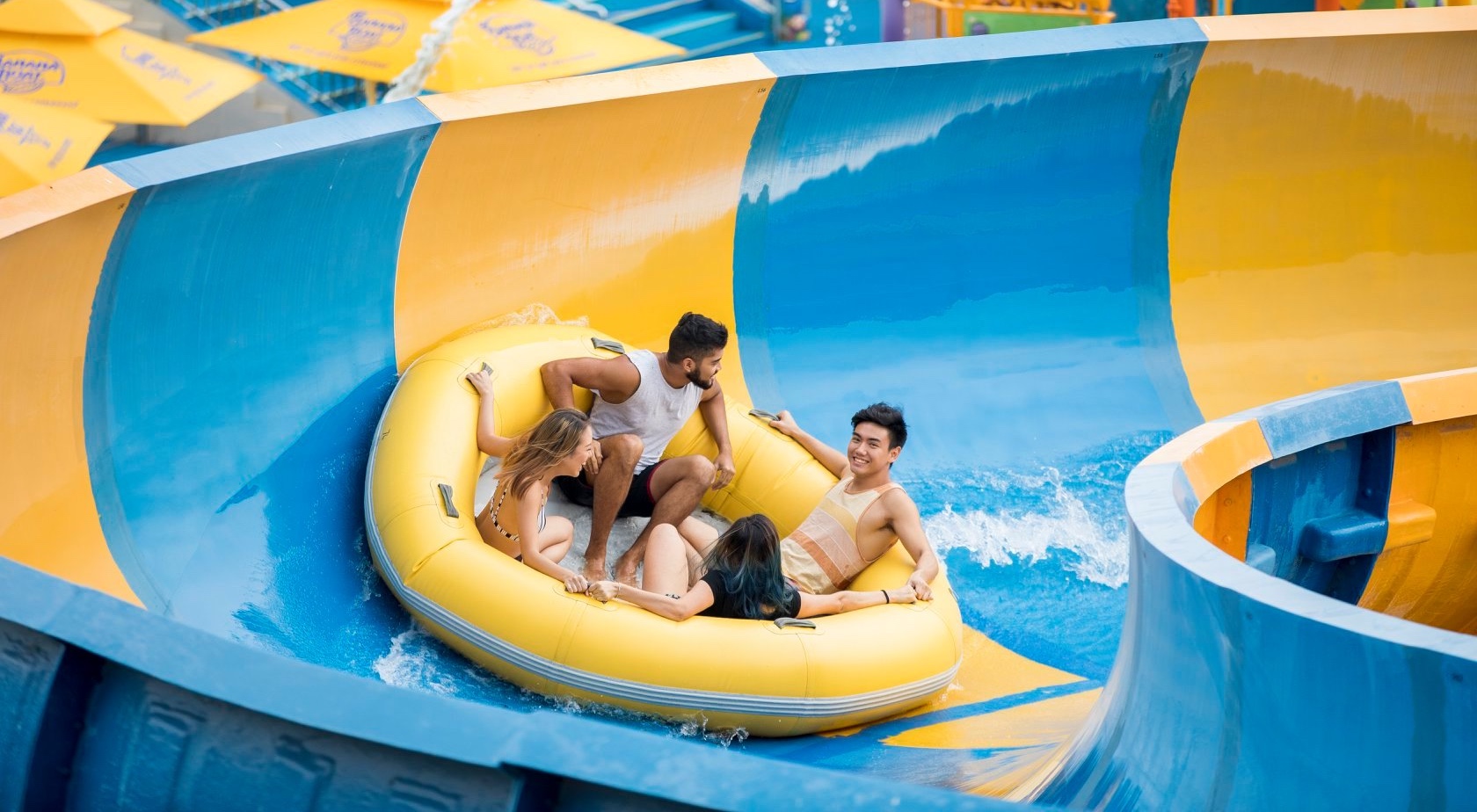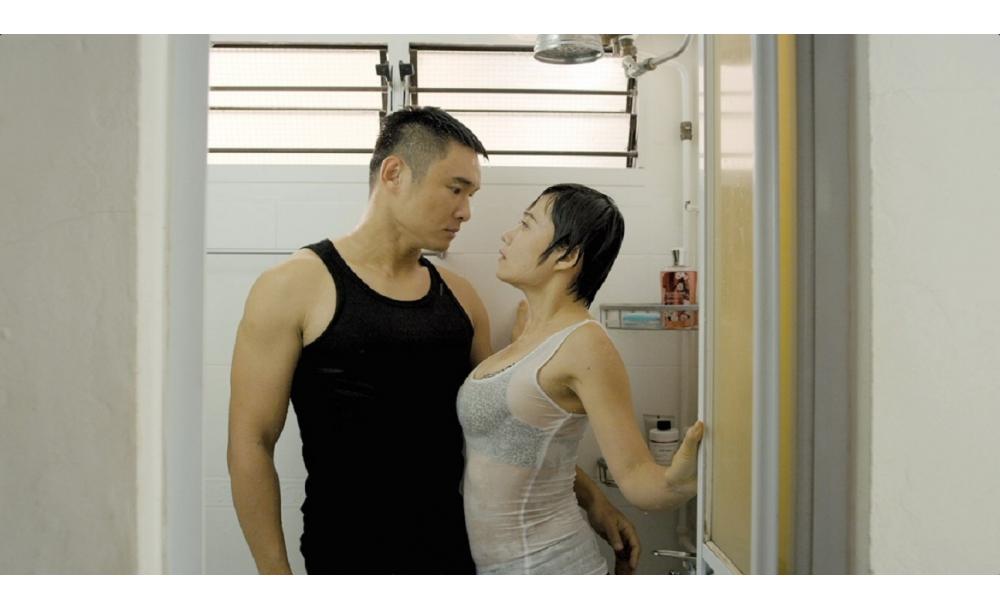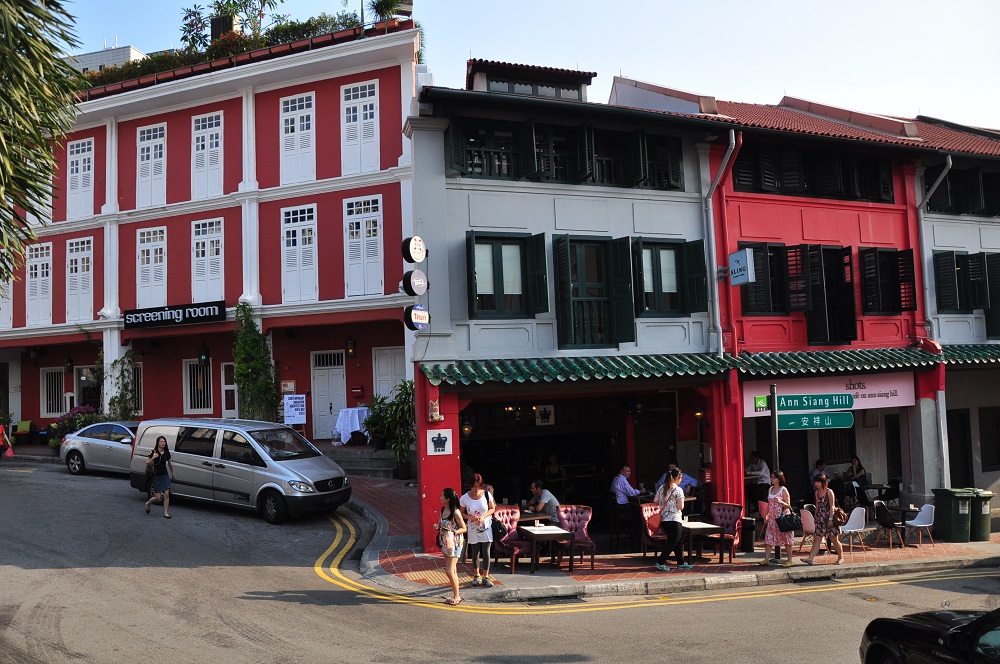He may have gained recognition as a deaf dancer and choreographer in Singapore, but Muhd Ammar Nasrulhaq was actually born hearing.
It was only when he came down with a high fever as an infant that he was left partially deaf in both ears. “Actually how my parents found out I was deaf, was when I kept going to the TV and pressing my ear against the screen,” said Ammar.
“The doctor did an ear test where he clapped twice, and I didn’t respond. So that’s how they figured out I’m deaf.”
As a result, Ammar cannot hear violins, high-pitched sounds and certain voices over the phone. He can, however, hear Adele songs “because her voice is so deep”. Either way, he’s not too bothered.
Now 26, the freelance videographer, who recently graduated with a Diploma in Visual Effects from Nanyang Polytechnic, spends a bulk of his free time as a member of Redeafination, Singapore’s first deaf dance crew. Formed in 2008, the independent dance group focuses on hip hop, and consists of majority deaf members. They perform regularly at events that promote deaf awareness and develop performing arts talents within the deaf community.
Redeafination performing at Welcome To My World 2017
Currently, the core group has about 18 permanent dancers, four of whom are hearing members—including the two directors who founded Redeafination. They had started out as independent dancers, when they were approached to organize a dance workshop for the deaf. Through doing the workshops, they realized there were more than a handful of deaf people who were interested in learning to dance.
According to Ammar, dancers with disabilities have a harder time finding the right resources. “It’s very difficult for deaf members to get access to places,” he said, adding that dance classes in studios might not always cater to their needs.
Hence, while there is no audition to get into Redeafination, the crew has an unspoken rule when it comes to accepting new members. “We welcome everyone, but we have a charge that priority should always go to the deaf members,” said Ammar. “For hearing dancers, it depends—we see whether they’re qualified and can commit; because we don’t want them to just come in and then go out. For deaf people it’s open—anyone can come, and if they can’t commit to it, it’s okay; they can just come back another day.”
Ammar himself joined the group in 2011, after seeing them perform at a dance concert. At the time, he had been dancing on his own—the sole deaf person in a smaller crew of all-hearing members.
“When I met Redeafination I felt the instant connection,” he said. “I wanted to be a part of that.”

Redeafination at The Purple Parade 2016
Today, Ammar is a permanent fixture in the crew, and has been Redeafination’s choreographer for about three years now. They are regular acts for Very Special Arts Singapore’s annual showcase Welcome To My World, and have even traveled together to perform at festivals in Hong Kong, Myanmar, France and Norway.
Their next big performance is on home soil, at the inaugural True Colours Festival. The first of its kind, the festival is the largest Asia Pacific celebration of artistes with disabilities in the region. From Mar 22-25, True Colours will bring together 20 artistes and troupes in over 30 performances, as well as a free-admission outdoor festival village with activities educating on disability.
Redeafination’s segment in the concert comes as part of a larger 11-minute performance, together with Australian Paralympic musician Tony Dee. The final routine remains unfinished, but will combine elements of Broadway and hip hop. For the festival, the crew has already begun training, upping their weekly Saturday practices to twice a week at three hours each time.
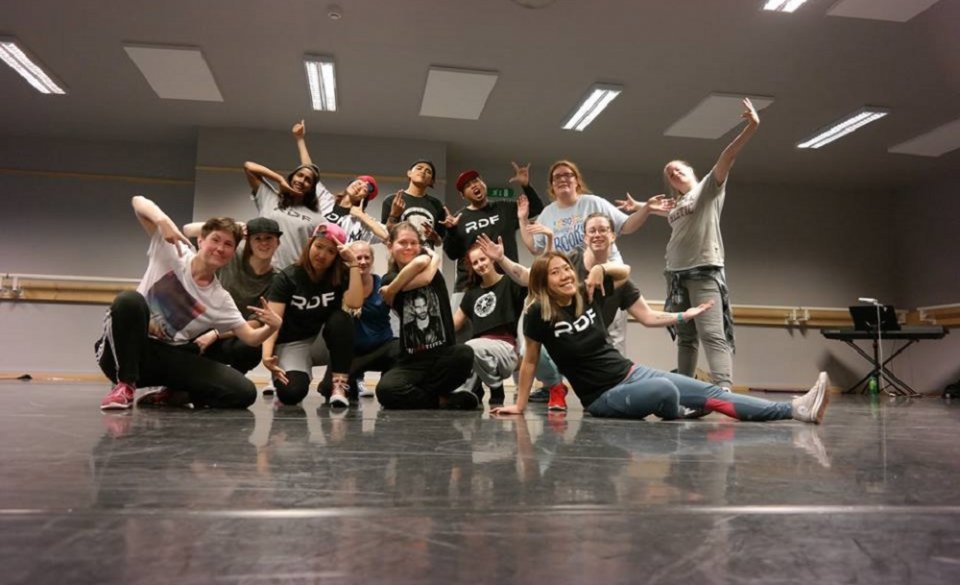
The crew also regularly holds dance workshops open to both deaf and hearing persons
When it comes to dancing as a mostly deaf crew, the fundamentals of the art form remain the same. Ammar said that Redeafination’s dancers do the same warm-ups, physical training, and necessary synchronization practices as any regular group.
But how does someone dance without being able to hear the music?
“Basically we all feel that music doesn’t really need to be heard; it can be felt, it can be seen,” said Ammar.
“You know like how when you go to a club, you can really feel the music play? We can always feel through vibrations through the floor. From that somehow we can visualize the music, and that’s how we also help one another to synchronize.”
There are other small adjustments the crew makes—things Ammar confirms weren’t as present in his old crew. For example, eye contact and synchronization with each other are more important than ever.
“We are trained to widen our field of vision, so that we don’t have to look left and right (to get cues or synchronize). When we’re dancing we can see what’s happening from the corner of our eyes.”
And in formations, Redeafination alternates their deaf and hearing members to achieve a “balance”. Members with higher levels of hearing often provide cues like tapping out ‘5, 6, 7, 8’ on their shoulder instead of simply counting aloud. “We can always depend on (the hearing members) for cues in the music,” added Ammar.
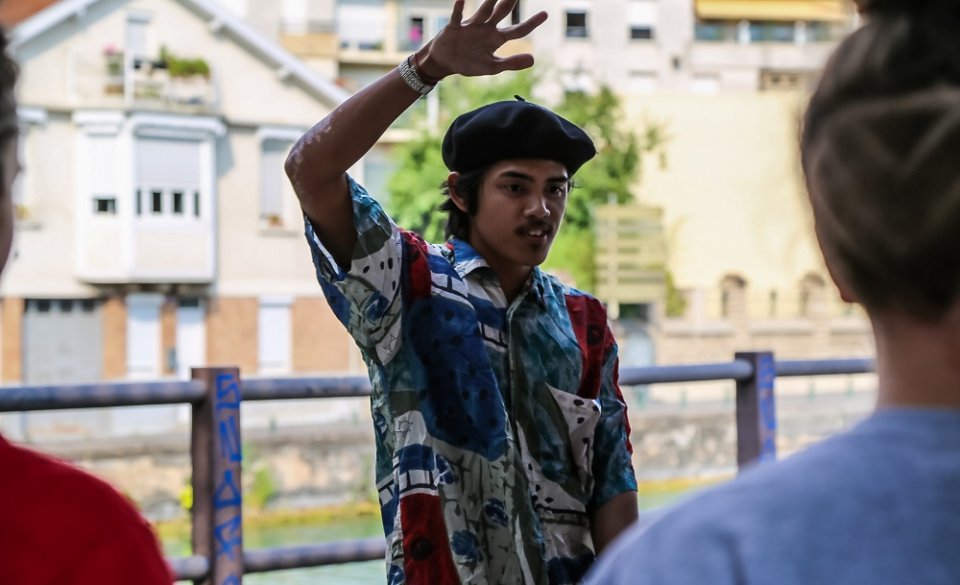
Ammar leading the crew. Photo credit: Nabih Kassam Photography
While the crew has never faced any discrimination before, Ammar acknowledged that there can be misconceptions about dancers with disabilities. “People will think that because we’re deaf we can’t dance, can’t talk. These are certain things that people tend to overlook—not seeing them as people; instead seeing their disability first.”
And so they make up for it—with diligence. “I believe that we practice twice as hard as the regular groups, because if we were to step up to the game we really have to push the boundaries,” he added. “In Redeafination we always make it a point that, whatever we’re doing, we have to double it—so that we can be on par with the regular groups.”
In his seven years with the crew, Ammar’s said his best moments in Redeafination are performing overseas. “When we get a chance like that, we are always like ‘Wow, are you serious? They’re calling us all the way from Norway?’ It’s a privilege when we get invited to special events to work overseas, and we feel a sense of pride by promoting Singapore too.”
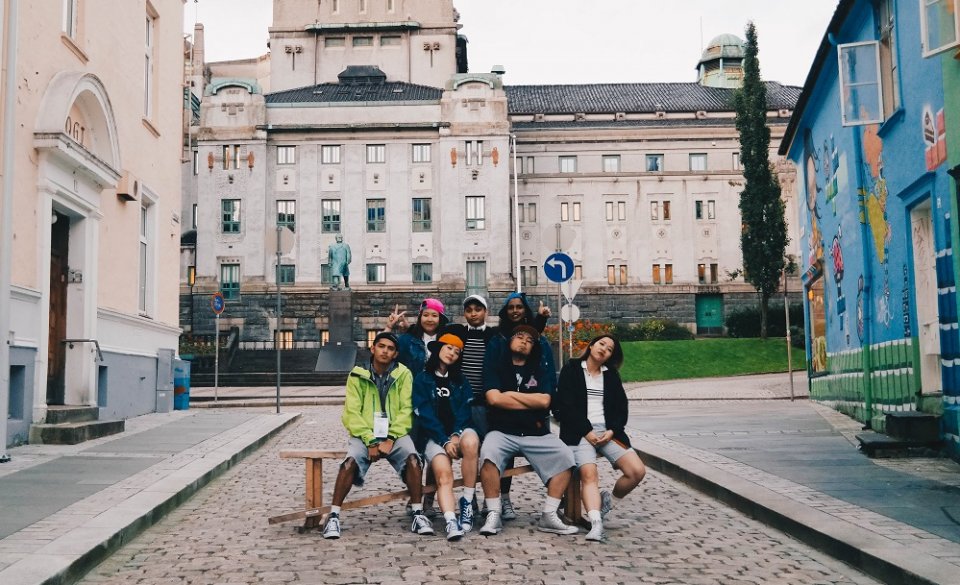
Redeafination at The Deaf Culture Festival in Norway last year
For True Colours, the crew is looking forward to promoting awareness on inclusivity in the arts—a cause they have championed since the beginning—as well as performing with international talents with disabilities.
“It’s a good opportunity to meet up with other artists whom we can perform with and be like, ‘Hey, we’re all in the same family.’”
To catch Ammar and Redeafination in action, get your tickets ($30) here.
True Colours Festival happens Mar 22-25 at the Singapore Indoor Stadium & OCBC Square, and you can find more information here.


